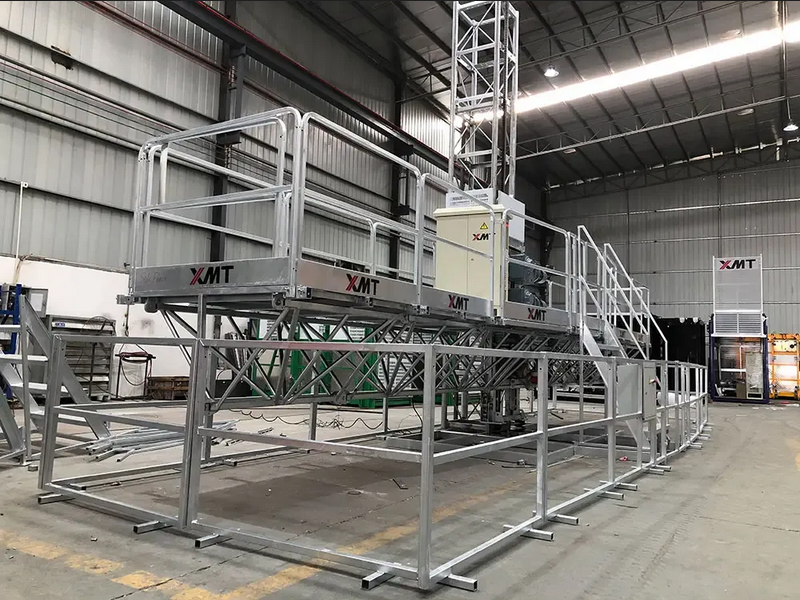Rack and Pinion Lift: An Efficient Solution for Transportation
Rack and pinion lift are a type of vertical transportation system that uses a gear mechanism to move passengers or cargo between different levels. They are widely used in various industries, such as construction, manufacturing, and transportation. In this article, we will discuss rack and pinion lifts in detail, including their working principle, types, and applications.
Working Principle of Rack and Pinion Lifts
Rack and pinion lifts use a simple gear mechanism to move a platform vertically. The rack is a straight bar with teeth cut along its length, while the pinion is a gear with teeth that mesh with the rack. The pinion is driven by an electric motor or hydraulic system, which rotates the gear, causing the rack to move up or down.
Types of Rack and Pinion Lifts
There are several types of rack and pinion lifts, including:
- Passenger lifts – These are used to transport people between different levels of a building, such as a hotel or office.
- Goods lifts – These are used to transport goods, materials, or equipment between different levels of a building or site, such as a construction site or warehouse.
- Service lifts – These are used to transport both people and goods between different levels of a building or site, such as a hospital or shopping center.
Applications of Rack and Pinion Lifts
Rack And Pinion Lift is use in various industries, such as construction, manufacturing, and transportation. They are prefer over traditional elevators in certain applications due to their compact size, high efficiency, and flexibility. Rack and pinion lifts are use for vertical transportation of people, goods, materials, and equipment in buildings, construction sites, mining operations, and other industrial settings.
FAQs:
Q: What are the advantages of rack and pinion lifts over traditional elevators?
Rack and pinion lifts have several advantages over traditional elevators, such as compact size, high efficiency, and flexibility.
Q: Are rack and pinion lifts safe?
Rack and pinion lifts are design and manufacture to meet safety standards and regulations. They are equip with safety features such as emergency brakes, safety gates, and overload protection. Regular maintenance and inspection are essential to ensure the safety and reliability of rack and pinion lifts.
Read more about us:-
Construction Site Lift: Types & its Uses
Contact us:-
Contact Person:-Benty Lee
Business Name:- Xuanyu Machinery Technology Co., Ltd.
Address:-Zhuyuantou Industrial Zone, Shatou Village, Shishan Town, Nanhai District
city:-Foshan
State:-Guangdong
Postal code:-510000
Country:-China
Mobile:(+86)187 187 216 79
Email: benty@xyhoist.com
Website:- www.xmtconstructionhoist.com
Get to know more:-
Building Hoist | Construction Hoist Lift | Building Construction Lifts | Tower Crane Hoist | Passenger Hoist | Material Hoist | Building Construction Lift | Construction Lift | Material Hoist Lift | Construction Hoist | Construction Site Lift | Construction Elevator

